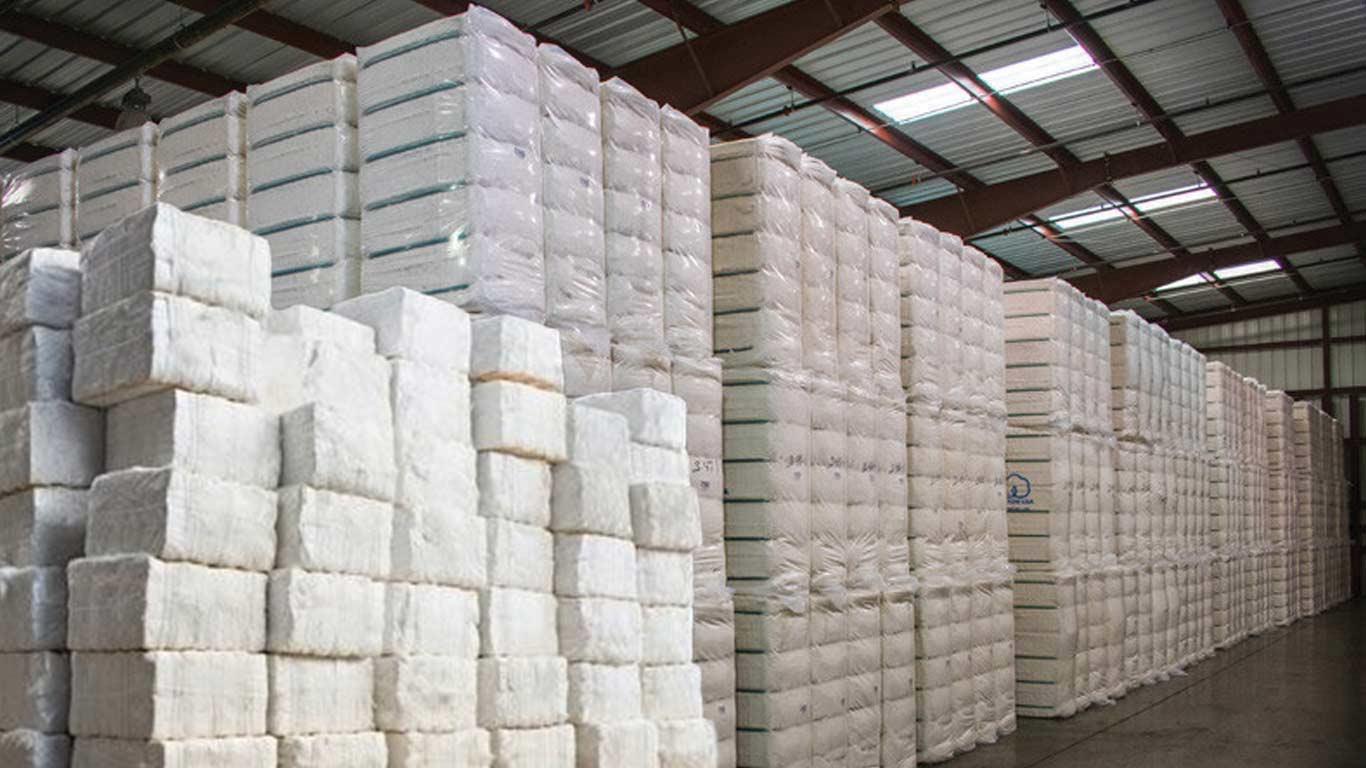US To Benefit The Most From India's Duty-Free Cotton Import Waiver: GTRI
The policy think tank noted that while Australia already enjoys duty-free access for 51,000 metric tons of cotton under the India-Australia Economic Cooperation and Trade Agreement, the United States, as India's second-largest cotton supplier, stands to gain the most from the comprehensive waiver.
The government announced the temporary measure this month to support India's textile and apparel exporters and enhance their global competitiveness.
Cotton imports typically face an 11 percent duty structure, comprising 5 percent Basic Customs Duty and 5 percent AIDC, which has been in effect since February 2021. The waiver represents a significant departure from this established tariff regime.
According to the Ministry of Finance notification issued on August 19, the exemption applies to cotton classified under heading 5201 of the Customs Tariff Act, 1975.
Initially set to remain valid until September 30, 2025, the waiver was subsequently extended until December 31, 2025, following an amendment on August 28.
The Finance Ministry justified the decision as being in the public interest, aimed at reducing raw material costs for domestic manufacturers and exporters amid ongoing price volatility and supply pressures in the textile sector.
GTRI's analysis indicates that the duty-free window will provide immediate relief to yarn and fabric exporters facing raw material shortages, particularly ahead of the festive season.
The measure is expected to facilitate access to global cotton supplies, especially benefiting manufacturers of high-end garments that require superior fibre quality.
The policy framework suggests that firms producing premium textiles will gain enhanced access to longer staple cotton varieties not available domestically in sufficient quantities.
India's cotton import landscape has experienced significant growth, with imports more than doubling from USD 579.2 million in FY2024 to USD 1.20 billion in FY2025.
The country's major cotton suppliers include Australia, the United States, Brazil, and Egypt.
Notably, approximately 99 percent of these imports consist of longer staple cotton measuring 28 millimetres and above, which India does not produce in adequate volumes domestically.
The GTRI analysis suggests that the waiver will not adversely impact local agricultural producers, as Indian farmers primarily cultivate medium and short-staple cotton varieties.
The temporary nature of the waiver, extending only until December 2025, suggests the government views this as a short-term intervention to address immediate supply chain challenges in the textile sector.
The measure reflects broader efforts to enhance India's position in global textile markets while managing the balance between supporting domestic industry competitiveness and protecting agricultural interests.
(KNN Bureau)
Legal Disclaimer:
MENAFN provides the
information “as is” without warranty of any kind. We do not accept
any responsibility or liability for the accuracy, content, images,
videos, licenses, completeness, legality, or reliability of the information
contained in this article. If you have any complaints or copyright
issues related to this article, kindly contact the provider above.
Most popular stories
Market Research

- United States Lubricants Market Growth Opportunities & Share Dynamics 20252033
- UK Digital Health Market To Reach USD 37.6 Billion By 2033
- Immigration Consultancy Business Plan 2025: What You Need To Get Started
- United States Animal Health Market Size, Industry Trends, Share, Growth And Report 2025-2033
- Latin America Mobile Payment Market To Hit USD 1,688.0 Billion By 2033
- United States Jewelry Market Forecast On Growth & Demand Drivers 20252033






















Comments
No comment